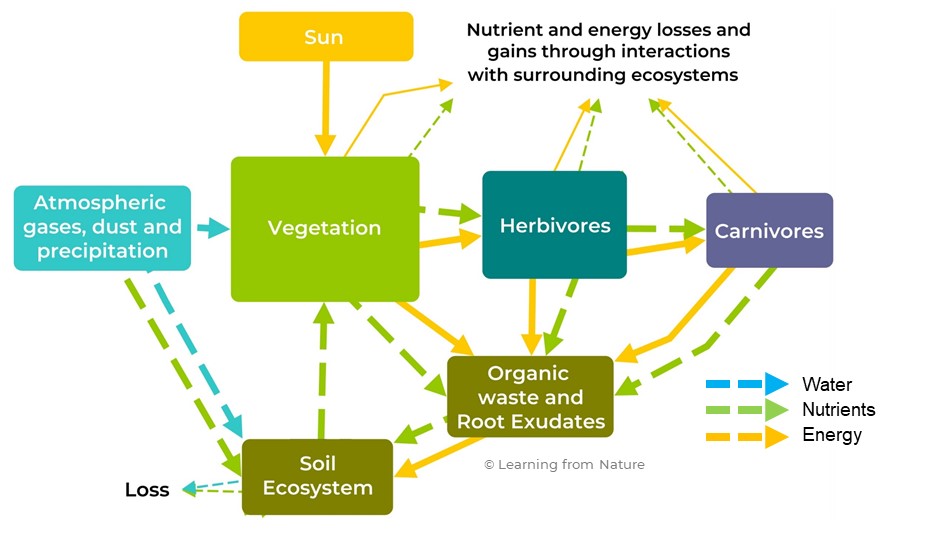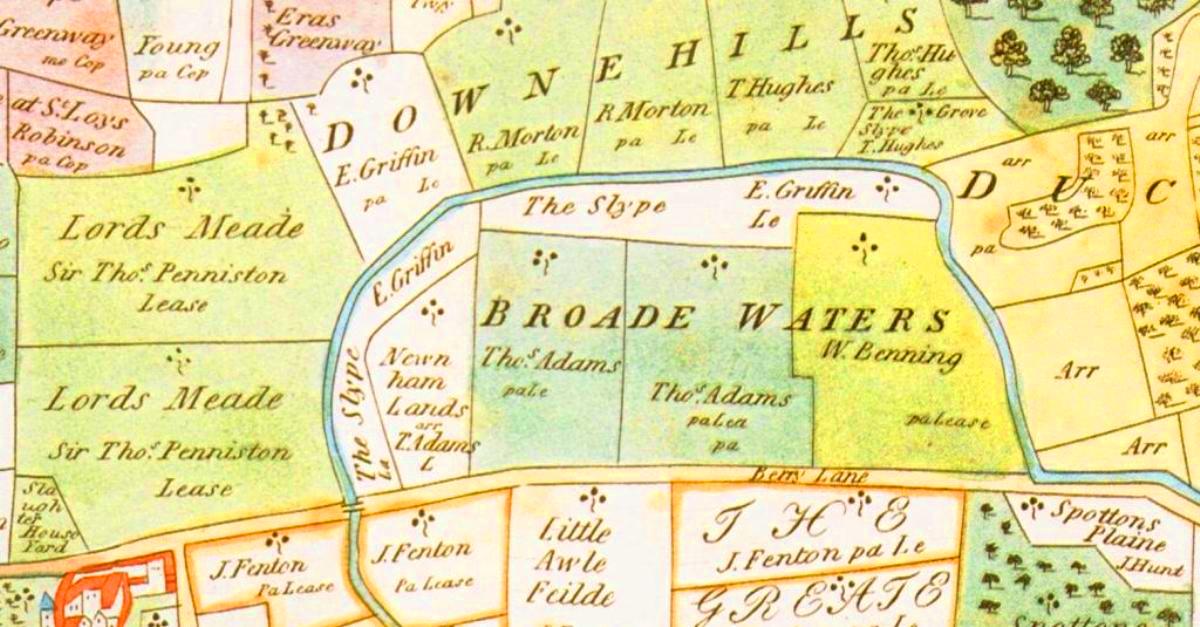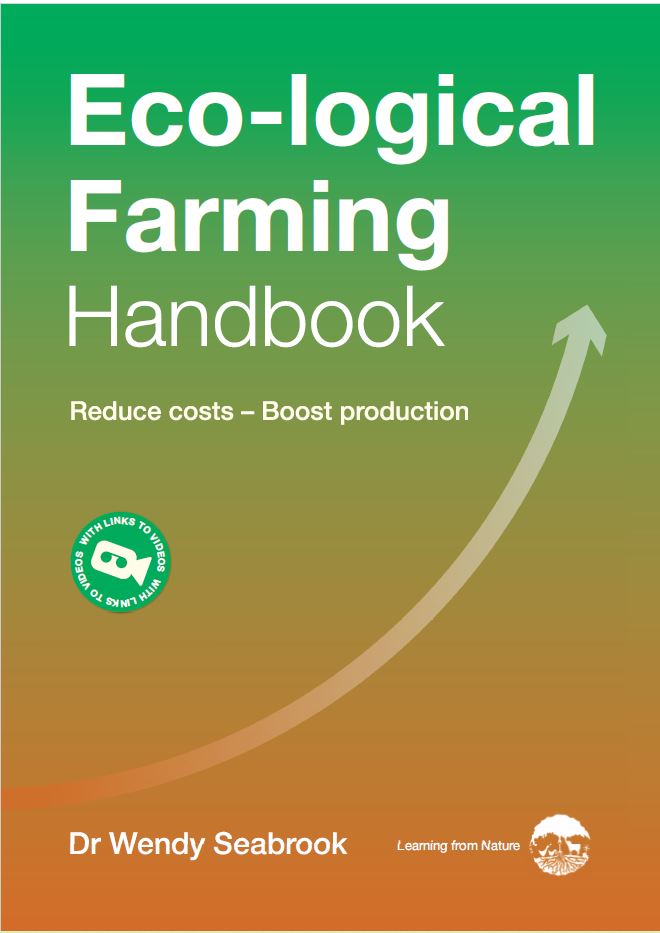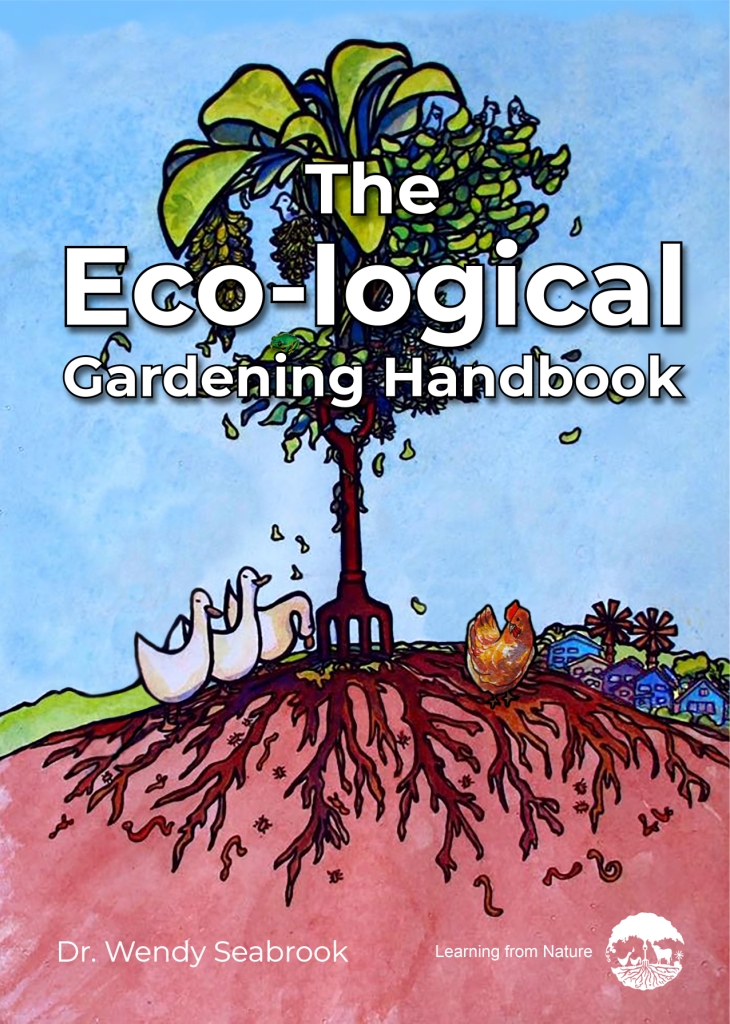What is regenerative agriculture? There are many different definitions, principles, and practices, but essentially regenerative agriculture is an umbrella term for grazing, farming and gardening practices that actively reverse environmental degradation by improving the soil and other growing conditions.
The intent – to improve the conditions in which we grow food – sets regenerative apart from sustainable agriculture. For example, we can choose to apply sufficient compost to maintain the health of our soil or apply extra compost to improve it! As such it includes Agroecological, Organic, and Biodynamic growing techniques, Conservation Agriculture, Zero Budget Natural Farming, and Nature-Based Solutions when these are carried out in ways that renovate rather than simply sustain the existing growing conditions.
We generally associate agriculture with large-scale commercial farming operations. But as agriculture is the science and practice of growing crops and the rearing of animals to provide food, wool, and other products, we can apply the principles of regenerative agriculture at any scale – balconies, backyards, community gardens, small as well as thousand-acre holdings!
As generally practised, the focus of regenerative agriculture is on remedying issues like low levels of organic matter, nutrients, water infiltration into the soil, and insect pest problems using standard regenerative practices like cover crops, no-till, compost, crop rotations, and livestock integration. But this isn’t the best way to enable our land to give us more support with growing food.
Low levels of organic matter, nutrient deficiencies, rainwater running off rather than infiltrating our soil, crops relentlessly hammered by insects, and unpollinated flowers, all tell us that our growing conditions are not 100%. They are the symptoms rather than the cause of poor growing conditions. Because organic matter, nutrient availability, absorbent soil, pest control, and pollination are the products and services of functioning ecosystems, we naturally remedy these issues by regenerating the ecosystems above and below ground in our farms and gardens.

Many farmers around the world, who have already switched their focus in this way, now benefit from the free services their ecosystems provide. They get better yields and produce more nutritious food at lower costs – less reliant on pest controls, fertilisers, compost, and other external inputs. Their production systems are more resilient to the challenges of climate change and supply vital ecosystem services like biodiversity, carbon sequestration, and flood mitigation as natural by-products. By way of example, by maximising plant growth for human consumption and livestock, we’ve overlooked designing our production systems to also provide our soil organisms with the resources they need to maintain the ecological systems that recycle nutrients and supply ‘silver service’ catering to our crops! Tasks for which they’ve had billions of years of on-the-job training!
Ecosystems are complex but repairing them isn’t complicated, that’s why, at Learning from Nature, we support farmers and gardeners to regenerate these highly evolved, locally adapted ecosystems with our Eco-logical Farming and Gardening Handbooks.


